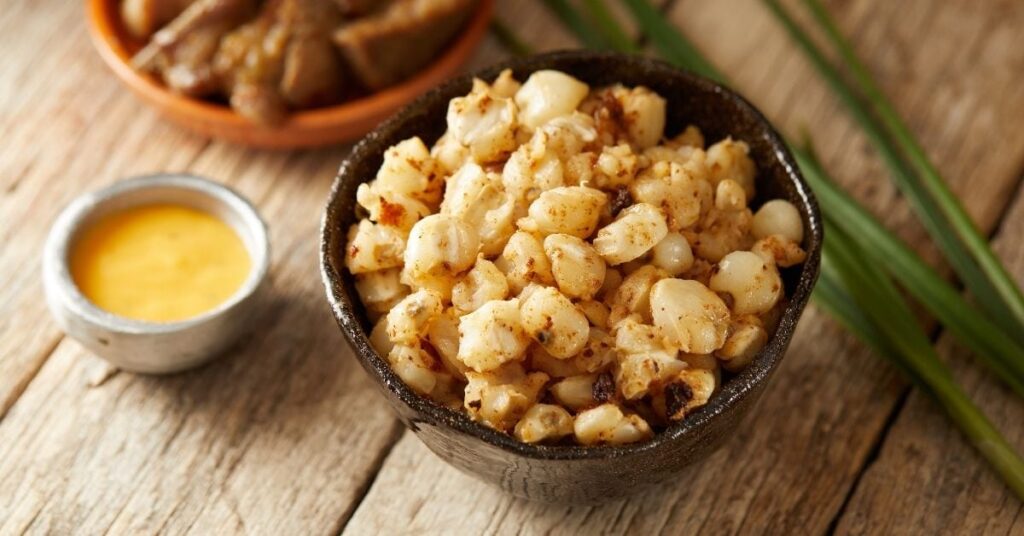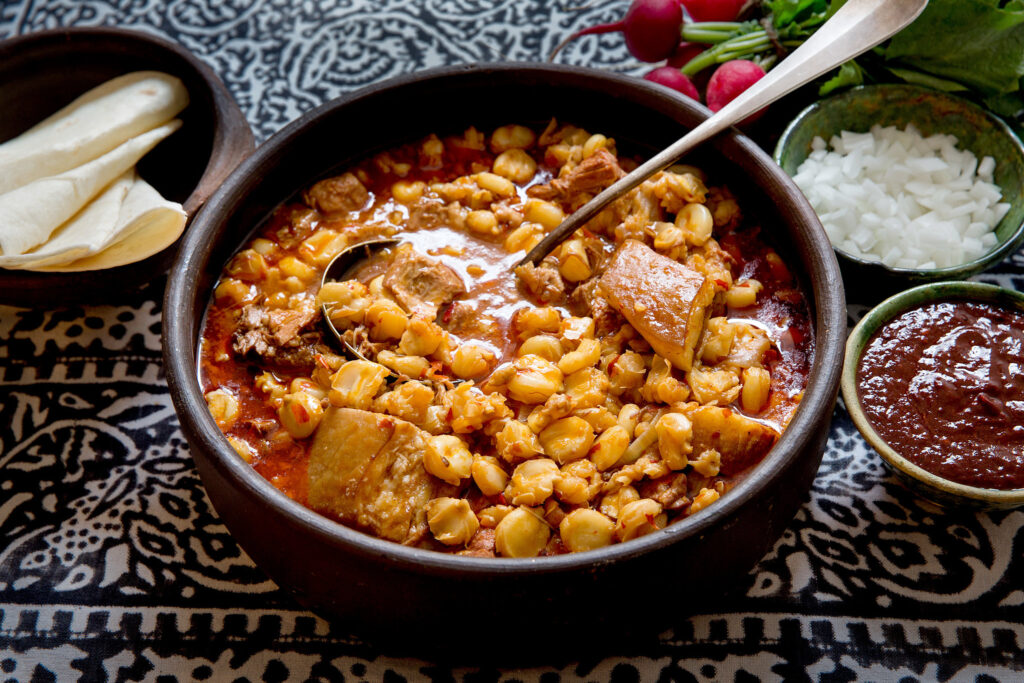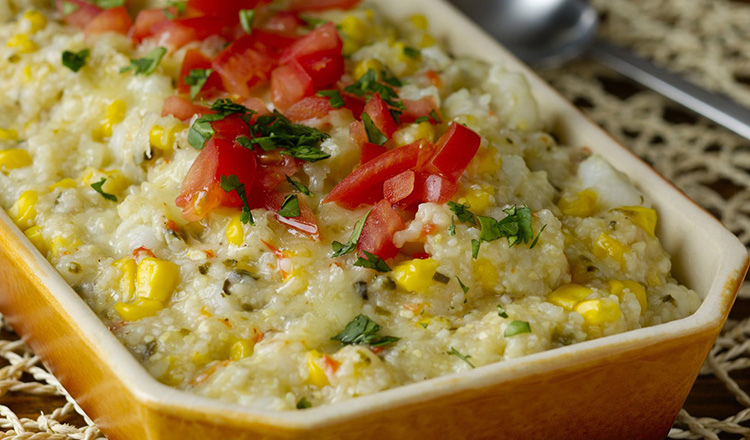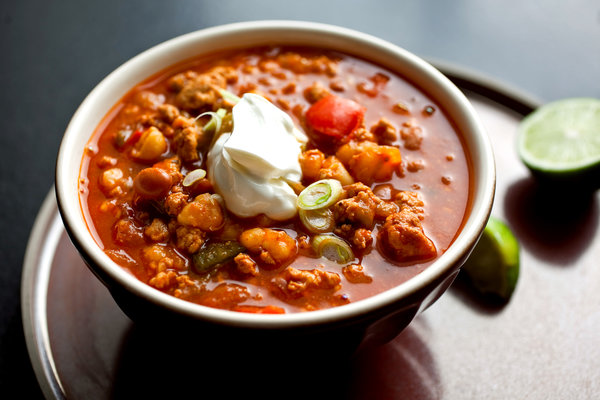The Complete Guide to Hominy: This versatile ingredient, made from dried corn kernels
Ground Hominy, a staple in various cuisines, particularly in Latin America and the Southern United States, has gained attention for its unique texture and flavour. This versatile ingredient, made from dried corn kernels that have been treated with an alkali, offers numerous culinary possibilities and health benefits. This article provides an in-depth look at hominy, its nutritional profile, real-world examples of its use, and tips for incorporating it into your diet.
Understanding Hominy: What It Is and How It’s Made
Hominy is produced through a process called nixtamalization, where dried corn kernels are soaked and cooked in an alkaline solution, typically lime water. This process not only removes the hull of the corn but also enhances its nutritional value by making certain vitamins and minerals more bioavailable. The result is a puffy, tender kernel that can be used in various dishes.
Hominy is available in two forms: whole kernels and grits. Whole hominy is often used in soups, stews, and casseroles, while grits are ground hominy, commonly used in porridge and side dishes. This ingredient is particularly popular in dishes like posole, a traditional Mexican soup that celebrates the rich flavours of hominy.
Nutritional Benefits of Hominy
Hominy is not only a flavorful addition to meals but also a nutritious one. It is rich in essential nutrients, including:
- Fibre: Hominy is a good source of dietary fibre, which aids in digestion and helps maintain a healthy gut. A diet high in fibre can also help regulate blood sugar levels and promote heart health.
- Vitamins and Minerals: The nixtamalization process enhances the bioavailability of niacin (vitamin B3) and calcium, making hominy a nutritious choice. It also contains iron, which is crucial for oxygen transport in the body.
Additionally, hominy is gluten-free, making it a suitable option for those with gluten sensitivities or celiac disease.
Culinary Uses of Hominy

Hominy’s unique texture and flavour make it a versatile ingredient in many dishes. Here are some popular ways to incorporate hominy into your meals:
- Posole: A traditional Mexican soup made with hominy, meat (often pork or chicken), and a variety of spices. Posole is typically garnished with fresh herbs, radishes, and lime, offering a hearty and satisfying meal.
- Hominy Grits: A Southern classic, hominy grits are a creamy side dish made by boiling ground hominy in water or broth. They can be served with butter, cheese, or gravy, making them a delicious accompaniment to fried chicken or shrimp.
- Chilli: Adding hominy to chilli can provide a delightful twist on the classic recipe. The kernels add texture and a slightly sweet flavour, complementing the spices and heat of the dish.
Real-World Examples of Hominy in Action
One noteworthy

One noteworthy example of hominy in culinary use is the dish, Posole Verde. This version of posole features green tomatillos, cilantro, and green chiles, combined with hominy for a refreshing and flavorful soup. It showcases how hominy can serve as a base for various flavour profiles. For a delicious recipe, visit Authentic Posole Verde.
Hominy Grits

Another example is the beloved Southern dish Hominy Grits. Made by cooking ground hominy with water until creamy, this dish can be served as a breakfast item or a savoury side. It pairs well with shrimp, sausage, or as a base for a variety of toppings. To learn more about making perfect grits, check out Southern Hominy Grits Recipe.
Hominy Chili

Finally, Hominy Chili demonstrates the adaptability of this ingredient. By incorporating hominy into a traditional chilli recipe, cooks can enhance the dish’s texture and flavour. This variation is perfect for those looking to try something new while enjoying a classic favourite. For a great chili recipe, visit Chili with Hominy Recipe.
Benefits of Incorporating Hominy into Your Diet
Incorporating hominy into your diet comes with several benefits. Firstly, its high fibre content supports digestive health, which can lead to better overall well-being. A healthy gut is crucial for nutrient absorption and can improve immune function.
Moreover, ground hominy is versatile, allowing it to be included in various dishes without overwhelming other flavours. Its ability to absorb spices and seasonings makes it an excellent ingredient for creating complex and satisfying meals.
Additionally, the use of hominy in traditional dishes promotes cultural heritage and culinary diversity. Embracing such ingredients can enhance your culinary repertoire while connecting you to different cultures and their cuisines.
Potential Pitfalls and How to Avoid Them
While hominy offers numerous benefits, there are some common pitfalls to be aware of:
- Overcooking: One of the most common mistakes is overcooking hominy, which can lead to a mushy texture. To avoid this, follow cooking instructions closely and monitor the texture as it cooks. The goal is to achieve a tender yet firm consistency.
- Neglecting Seasoning: Hominy has a mild flavour, which means it requires proper seasoning to shine in a dish. Failing to season adequately can result in bland meals. Experiment with spices, herbs, and acids to enhance the flavour profile of your dishes.
- Underestimating Preparation Time: If using dried hominy, it’s essential to account for the soaking and cooking time. Proper preparation is crucial to ensure that the hominy is tender and flavorful. Planning can make the cooking process smoother and more enjoyable.
Creative Ways to Use Hominy
Ground hominyHominy can be creatively incorporated into various dishes beyond traditional recipes. Here are a few ideas:
- Salads: Adding hominy to salads can provide a satisfying crunch and added nutrition. Try combining it with black beans, corn, avocado, and a zesty lime dressing for a refreshing side dish.
- Tacos: Use hominy as a filling for tacos. Combine it with roasted vegetables, beans, and your choice of protein for a delicious twist on this classic meal.
- Casseroles: Incorporate hominy into casseroles for added texture. Layer it with cheese, vegetables, and proteins to create a hearty and satisfying dish that’s perfect for family gatherings.
FAQs About Hominy
What is hominy made from?
Hominy is made from dried corn kernels that have been treated with an alkaline solution through a process called nixtamalization. This process removes the hull and enhances the nutritional value of the corn.
Is hominy gluten-free?
Yes, ground hominy is naturally gluten-free, making it a suitable choice for individuals with gluten sensitivities or celiac disease.
How do I cook dried hominy?
To cook dried hominy, soak it overnight in water, then drain and rinse. Boil the soaked hominy in fresh water for 1.5 to 2 hours, or until tender. Season as desired and incorporate it into your favourite recipes.
